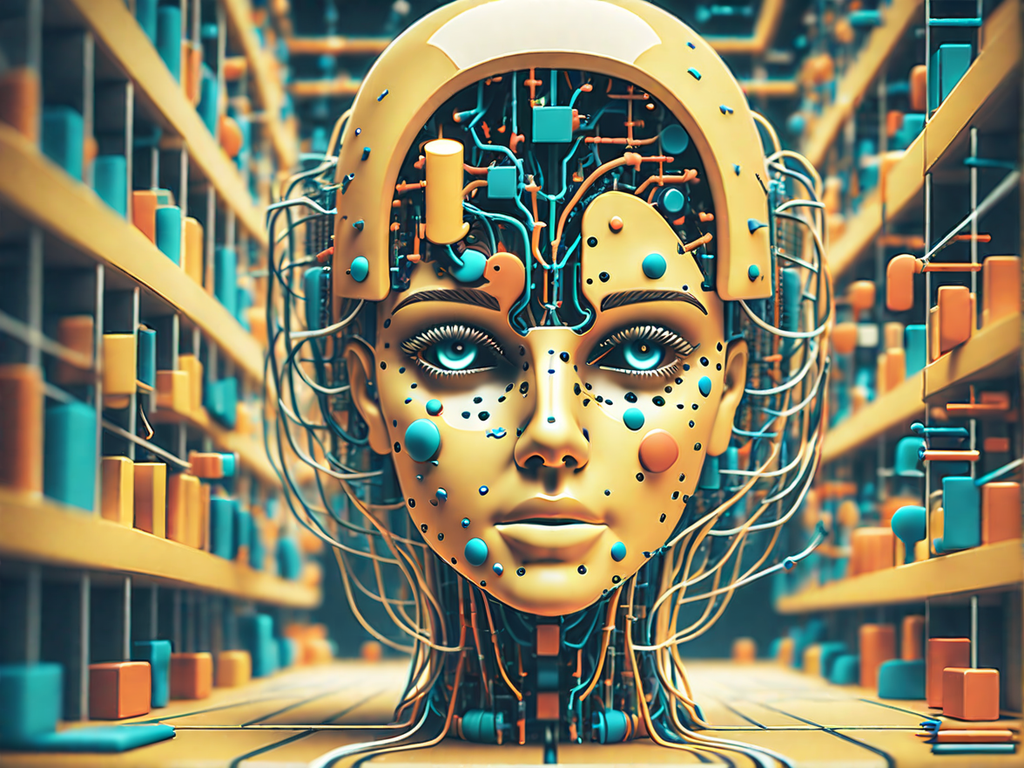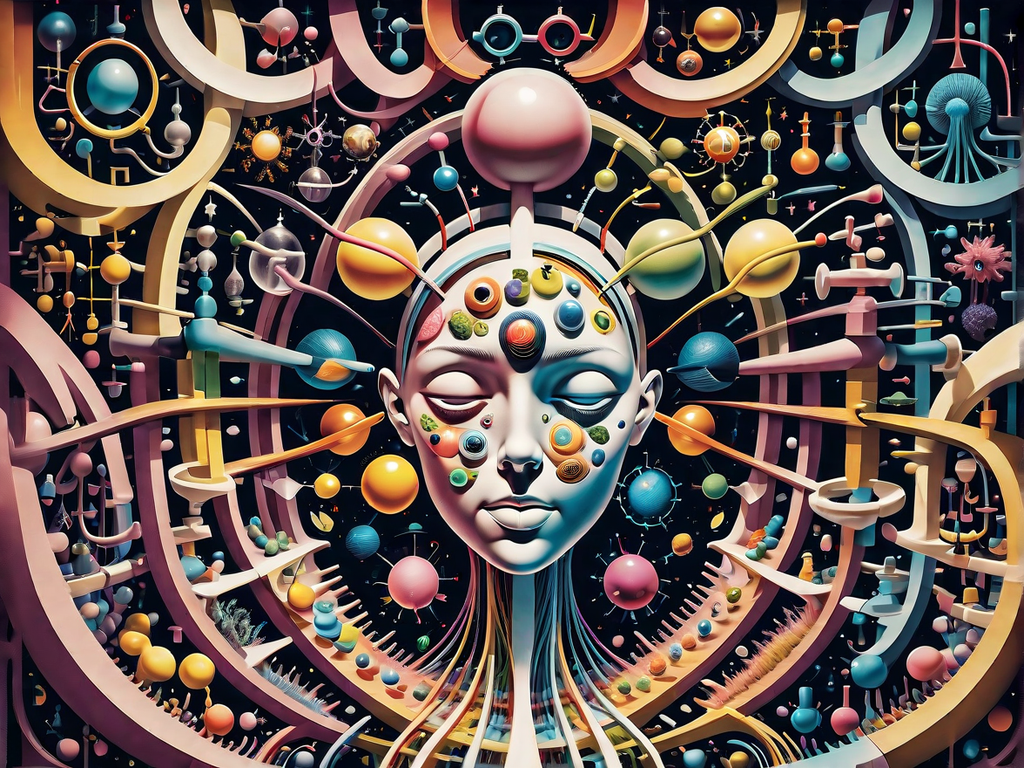The human brain, a marvel of complexity, has long been the source of inspiration for endeavors to create artificial intelligence. From simple calculations to complex decision-making, the journey from brain to AI has been a profound exploration of mimicking human thought processes. In this deep dive, we will embark on a journey to uncover the captivating world of machine learning, revealing how machines learn and think, and leaving you with thought-provoking insights about the evolving realm of artificial intelligence.

At its core, machine learning is a component of artificial intelligence that empowers computers with the capacity to learn and enhance their performance through experience. The process involves training a computer program with data, allowing it to identify patterns, make predictions, and improve its performance over time.
The Human Brain as an Inspiration
The concept of machine learning draws inspiration from the human brain, which is often described as a vast neural network. While the human brain is a remarkable biological organ, machine learning algorithms aim to replicate some of its cognitive processes, like recognizing objects, understanding language, and making decisions.
The Role of Data
Data is the lifeblood of machine learning. The more data a machine learning model is exposed to, the more it can refine its understanding and decision-making capabilities. In essence, it learns from data much like we do from our experiences.
Harnessing the Strength of Neural Networks
At the core of numerous machine learning algorithms lies neural networks, crafted to emulate the structure of the human brain. These networks comprise interconnected nodes often referred to as “neurons” that analyze and process information. Deep learning, a subset of machine learning, involves neural networks with multiple layers, allowing for complex feature recognition and decision-making.
Supervised and Unsupervised Learning
Machine learning is often categorized into supervised and unsupervised learning. Supervised learning involves training a model with labeled data, teaching it to make predictions based on known outcomes. Unsupervised learning, on the other hand, involves finding patterns in unlabeled data, helping the model discover hidden relationships.

The Art of Reinforcement Learning
Reinforcement learning is a fascinating approach to machine learning where algorithms learn by interacting with their environment. They make decisions, receive feedback, and adapt their strategies to maximize rewards. This approach has led to significant advancements in areas like robotics and game-playing AI.
Natural Language Processing
Machine learning is behind the remarkable progress in natural language processing (NLP). From chatbots that understand and respond to human language to translation tools that bridge language barriers, NLP continues to evolve, reshaping the way we interact with technology.
The Challenges of AI Ethics
As machines continue to learn and think, ethical considerations emerge. Questions about privacy, bias in algorithms, and the impact of AI on employment are just a few of the complex issues that society grapples with in the age of artificial intelligence.
The Evolving Landscape
Machine learning and AI are dynamic fields, continually evolving. From self-driving cars to medical diagnostics and even creative endeavors like art and music generation, the applications of machine learning are expanding at a rapid pace.
Reflecting on the Future
As we conclude our exploration of how machines learn and think, we invite you to share your thoughts and reflections. How do you envision the future of artificial intelligence and its impact on our lives? What ethical considerations should guide the development of AI? Let’s engage in a discussion that delves into the intriguing world of machine learning and encourages us to contemplate the evolving nature of artificial intelligence.
































